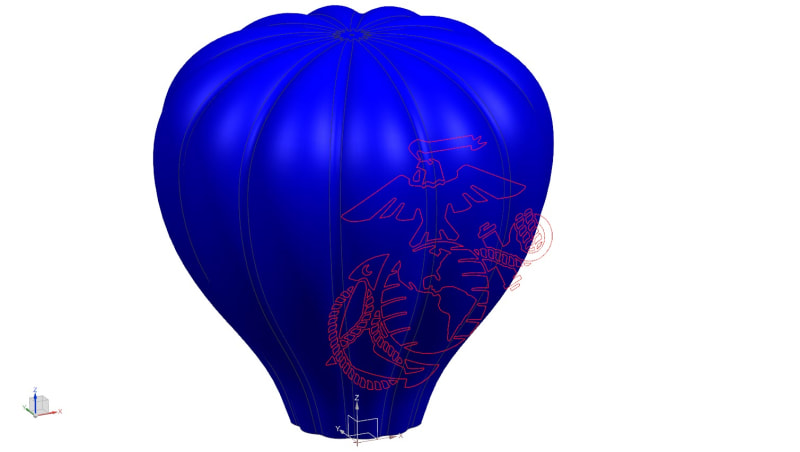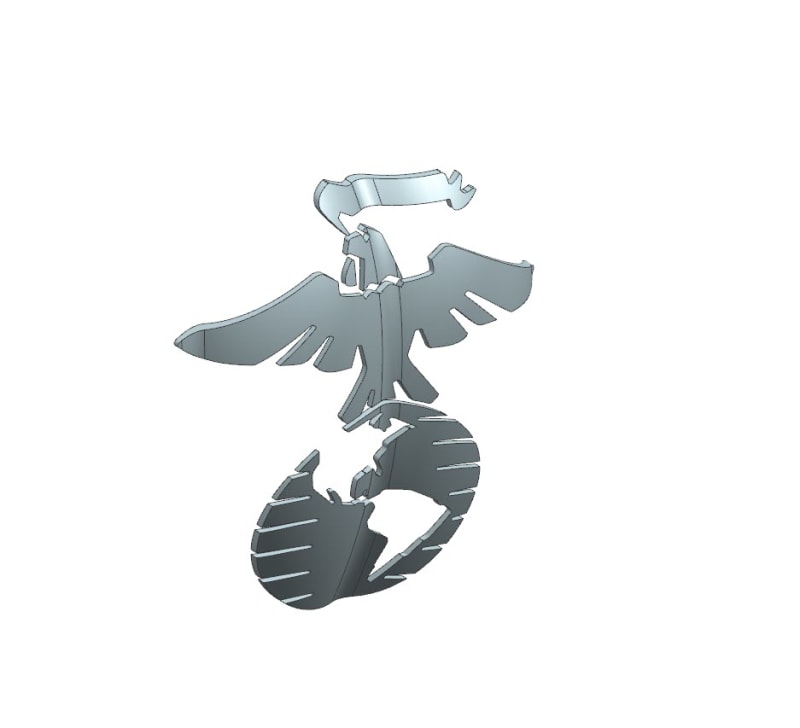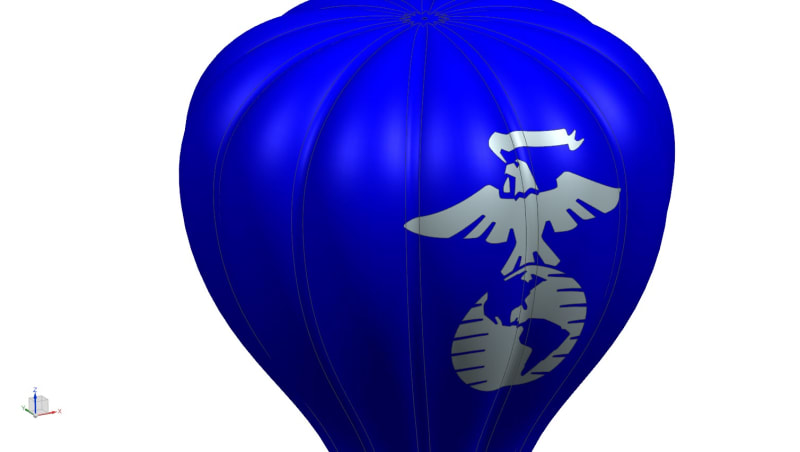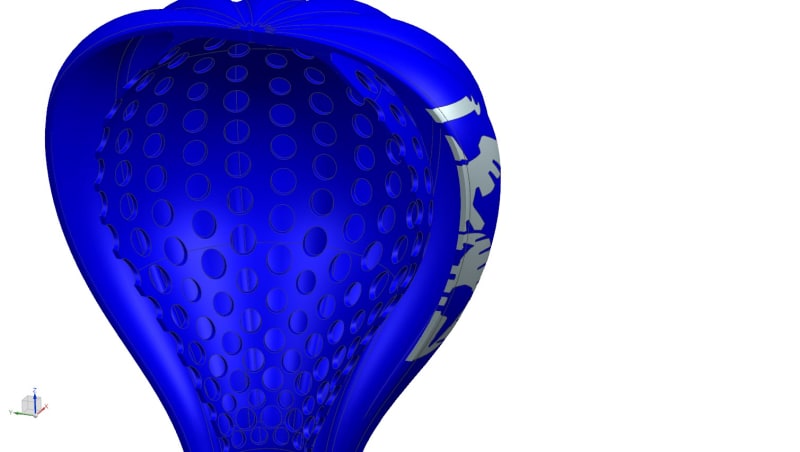Hello all.
I am currently running version 1915. I am working on a project for 3D printing and I need to break my balloon model into separate solids where each solid represents a piece of the balloon. In this example I have the logo for the US Marines. I have the artwork of this logo as a sketch but it wraps too far around the balloon to be extruded in one direction only. Wrap curve does not work on this type of surface (in the NX version I have). I have tried a number of things, like wrapping the sketch onto a cylinder and cone that is similar in shape but that doesn't really work. Below is an example of the "easy" part sketch so you can see what I am trying to do. The difficulty is with the extreme left and right side of the sketch I need to project. Thank you!!




I am currently running version 1915. I am working on a project for 3D printing and I need to break my balloon model into separate solids where each solid represents a piece of the balloon. In this example I have the logo for the US Marines. I have the artwork of this logo as a sketch but it wraps too far around the balloon to be extruded in one direction only. Wrap curve does not work on this type of surface (in the NX version I have). I have tried a number of things, like wrapping the sketch onto a cylinder and cone that is similar in shape but that doesn't really work. Below is an example of the "easy" part sketch so you can see what I am trying to do. The difficulty is with the extreme left and right side of the sketch I need to project. Thank you!!




